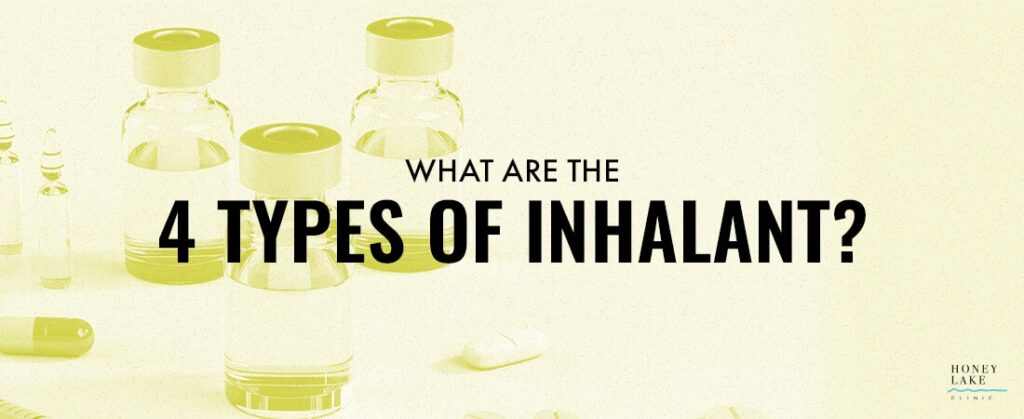What are the 4 types of Inhalants?
Inhalant abuse is the practice of breathing in vapors, fumes, or aerosol sprays in order to get high. Thousands of products can be abused by inhaling, many of which are ordinary household products present in your home as you read this post.
And it’s a very serious problem. In recent studies, nearly 20 percent of eighth-graders admit to abusing inhalants. The reality is that most parents don’t even know about the danger. Inhalants can kill you … many young people have died during their first experience of inhaling.
If you suspect someone you love is abusing inhalants, getting help is imperative. It can be a matter of life or death. We can help. Call to speak to someone right now—(888) 837-6577.
Inhalants are Everywhere
There are four general categories or types of inhalants—
- Volatile solvents: Liquids that vaporize at room temperature, including paint thinners and removers, gasoline, glues, correction fluids, and felt-tip marker fluids. Since the 1950s, the number of common products which contain volatile solvents has increased significantly. Besides those mentioned, products with volatile solvents today include wax removers, air fresheners, cigarette lighter fuels, and analgesic sprays.
- Aerosols: Sprays that contain propellants and solvents such as spray paints, deodorant and hair sprays.
- Gases: Includes medical anesthetics, such as ether, chloroform, halothane, and nitrous oxide (laughing gas at your dentist’s office), and gases found in butane lighters, propane tanks and whipped cream dispensers.
- Nitrites: Different than other inhalants because they primarily dilate blood vessels and relax the muscles, they include cyclohexyl nitrite found in room deodorizers, amyl nitrite and butyl nitrite found in certain adhesives and solvents.
Our Kids are Most Vulnerable—A Primer for Parents
Pre-teens and teens may abuse any number of ordinary household items because they are cheap, legal, and available. They are seeking a drug-like high that occurs only if the brain is deprived of oxygen. Even one-time abusers can die suddenly. Chronic abusers may do long-term irreversible damage to their nervous system, kidneys, liver, and other body organs.
What is inhalant abuse? Inhalant abuse means trying to get high by breathing in vapors, fumes, or aerosol sprays. These are ordinary household products – and they are poisons.
Who is doing it? Usually, pre-teens and teenagers. Nearly one in five 8th graders have tried inhalants.
When is it happening? Before school. During school. After school. Nights. Weekends.
Where do they do this? At home. A friend’s home. School. In cars. Just hanging out. Anywhere without supervision.
How is it done? Huffing. Bagging. Sniffing. Pouring a product into a bag and breathing it in. Pouring a product onto a rag or clothing and inhaling. Putting the nozzle into the mouth and taking a deep breath.
Take An Inventory—They’re Everywhere
Under your sink, in your garage or workroom, in your office, and in your yard, at school, in stores, these ordinary, everyday products are safe when used according to directions. They are poisons if they’re inhaled.
Common examples include anything in an aerosol can, solvents, and fuels:
- Aerosol deodorant
- Air freshener
- Computer gas duster
- Correction fluid
- Gasoline
- Glue (solvent-based)
- Hairspray
- Helium
- Lighters and lighter refills
- Markers (solvent-based)
- Nail polish, nail polish remover
- Nitrous oxide (whipped cream cans)
- Paint thinner
- Air conditioner coolant
- Propane
- Spray Paint
Signs of Inhalant Abuse
The very best thing you can do as a parent is talk to your kids about the dangers of inhalants. Include inhalants when talking to your kids about the dangers of drugs and alcohol. And of course, keep track of inhalants in your home. Where are they? Are they being used up too quickly? Be alert:
- Are large quantities of household products purchased or missing?
- Do you find stashes of plastic bags, smelly rags, or empty containers?
- Does your child have rashes on the face or a chronic sore throat or mouth?
- Do you smell a chemical odor on your child’s breath or clothes?
- Are there are other signs of substance abuse: changes in behavior, friends, grades, or grooming; changes in weight or health for no obvious reason.
Let us Help!
At Honey Lake Clinic, we understand that substance abuse is a complex and dangerous mental health concern. Our experienced staff, licensed therapists, psychologists, and psychiatric specialists, strongly believe that faith-based treatment, encompassing mind, body and spirit, will provide our clients the long-lasting tools and knowledge to escape the bondage of substance abuse.




